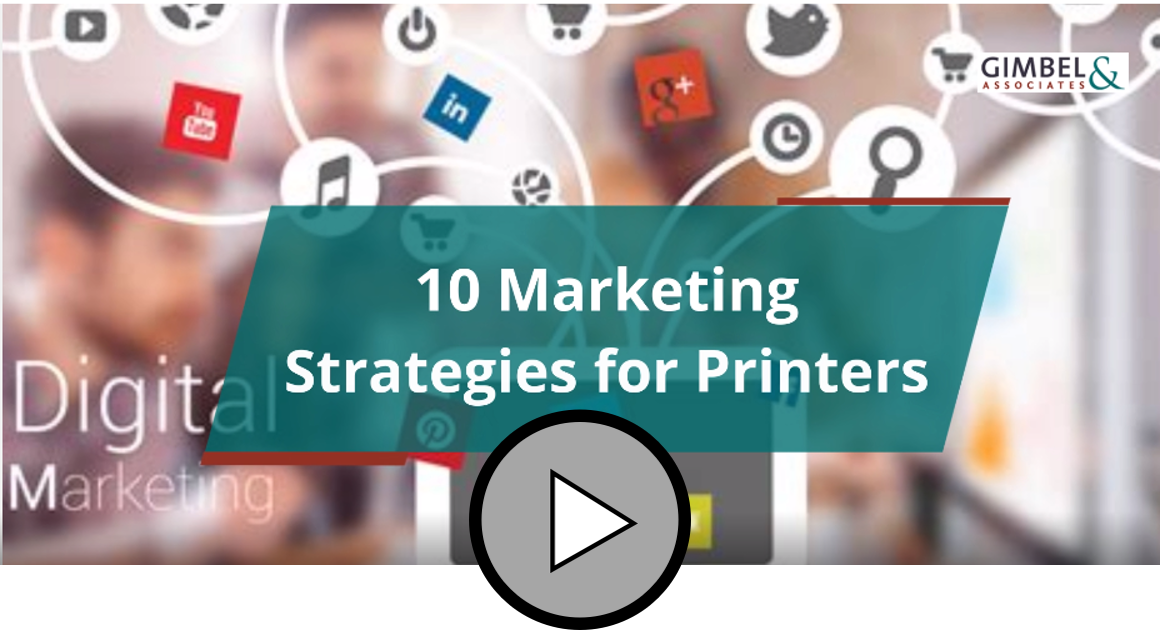4 Main Steps to Success
Creating a Business Marketing Plan for Inkjet includes several steps. Success relies upon an honest evaluation of the print service provider and a detailed analysis of customers, competitors, and market trends. If inkjet is new to everyone in the organization, or an introspective examination of the current condition is difficult, then ask for opinions from outside observers and experts to help build the business plan.
S.W.O.T.
The first step in creating an inkjet business marketing plan is assessing the current state of the operation. We always start with an objective analysis of strengths and weaknesses. Then we identify new opportunities inkjet provides and get a handle on risks and threats to the company’s success as a provider of inkjet printing services.
Common strengths we measure include sales skills, vertical market expertise, and existing contracts. Identified weaknesses might be skilled labor shortages, buyer perceptions compared to competitors, or high overhead costs.
Inkjet presents so many opportunities print service providers may need to decide which areas they want to exploit first and which can wait until they have more experience. Examples include expansion into new vertical markets, soliciting larger or smaller clients than previously served, and developing new applications that leverage the speed, price, and flexibility of inkjet. Because inkjet is more about data than other printing technologies, offering digital services beyond print but using the same data sources may be ways to deepen customer relationships.
Threats are highly specific to individual organizations, geographies, and markets. They might include competitors also entering the inkjet world, contract terms, overall economic conditions, or mergers and acquisitions involving key accounts.













 are selling print in a price based relationship, the value of continuing to do business with your company can be easily diminished or eliminated by lower prices touted by the competition.
are selling print in a price based relationship, the value of continuing to do business with your company can be easily diminished or eliminated by lower prices touted by the competition.